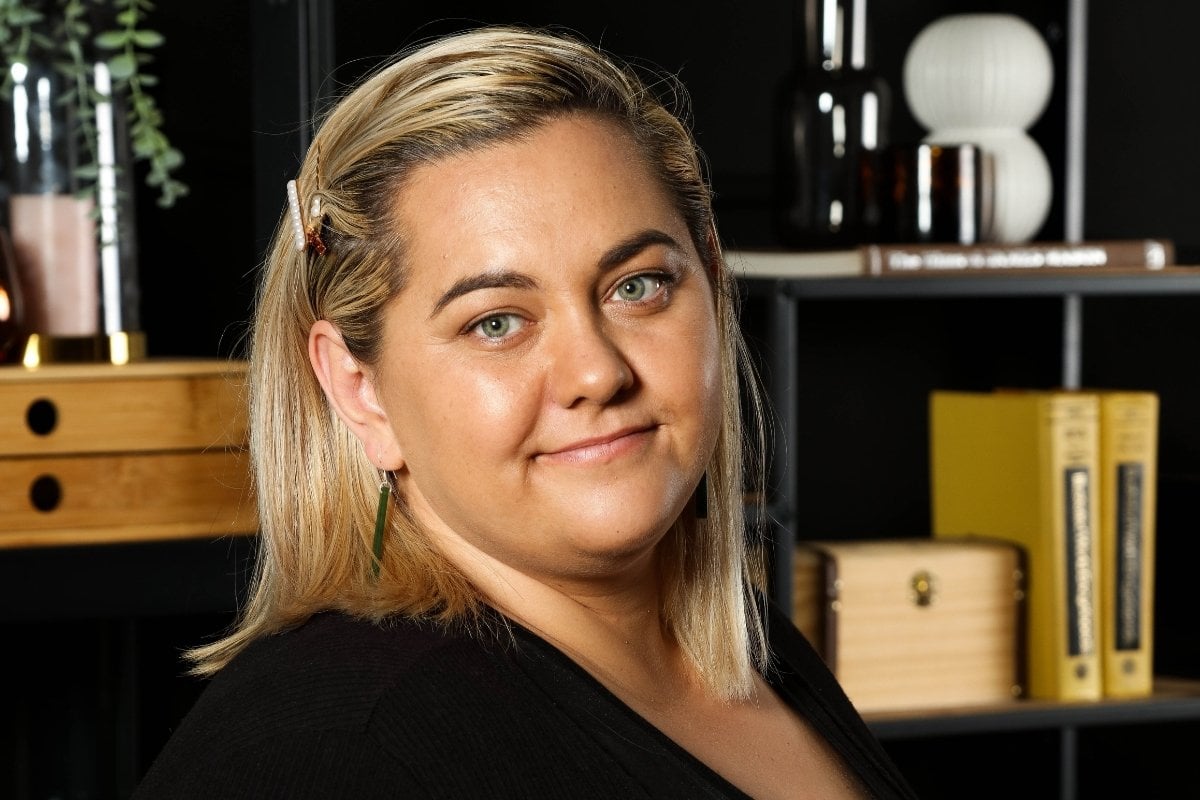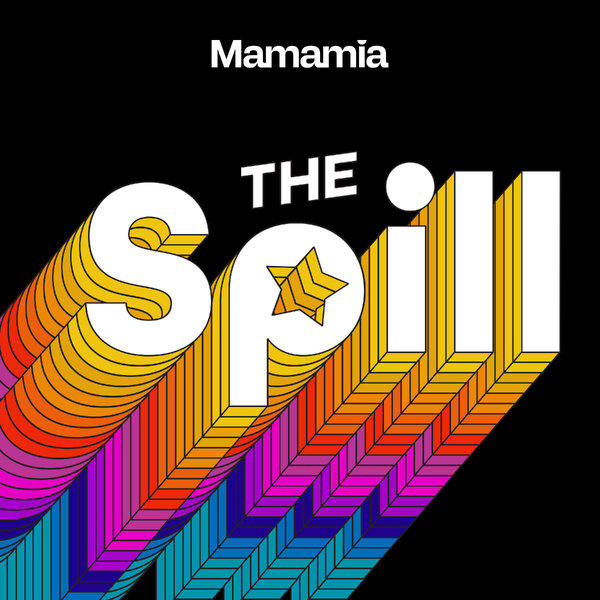
Like thousands of parents across Australia during the COVID-19 pandemic, Makere has been grappling with guiding her young children through at-home learning.
But in her household, that's come with additional challenges.
The 35-year-old disability support worker is among the 43 per cent of Australians aged over 15 who lack the basic reading and writing skills to navigate normal life.
She was diagnosed at 18 with dyslexia, a common language learning difference. Like most people with the condition, Makere has no difficultly with comprehension, nor an impeded ability to learn. She simply struggles to translate the words in her head onto a page, and vice versa.
She's found ways to adapt over the years in a world that's not designed for her (the voice-to-text capability of smartphones has proven to be life-changing). But helping her daughter, 8, and son, 6, with remote learning has been particularly challenging.
"I have to hype myself up, like 'Be positive today. You can do this.' But by lunchtime, you're like, 'Oh my goodness,'" she told Mamamia.
"It's a real struggle. Especially when you have kids excelling and asking questions and you have no idea how to answer."
"There wasn't ever really a place for someone like me."
Though Makere's dyslexia went undiagnosed until adulthood, she was aware of her difficulties from an early age.
She attended an "old fashioned" Catholic school operated by nuns, where large class sizes and lack of learning support saw those — like her — who fell behind simply moved to the back of the classroom and given different work to their peers.
Around the age of 7 or 8, Makere's teacher even suggested that Makere needed to be transferred to a special needs school. However, educators there determined that she didn't meet the criteria.



Top Comments